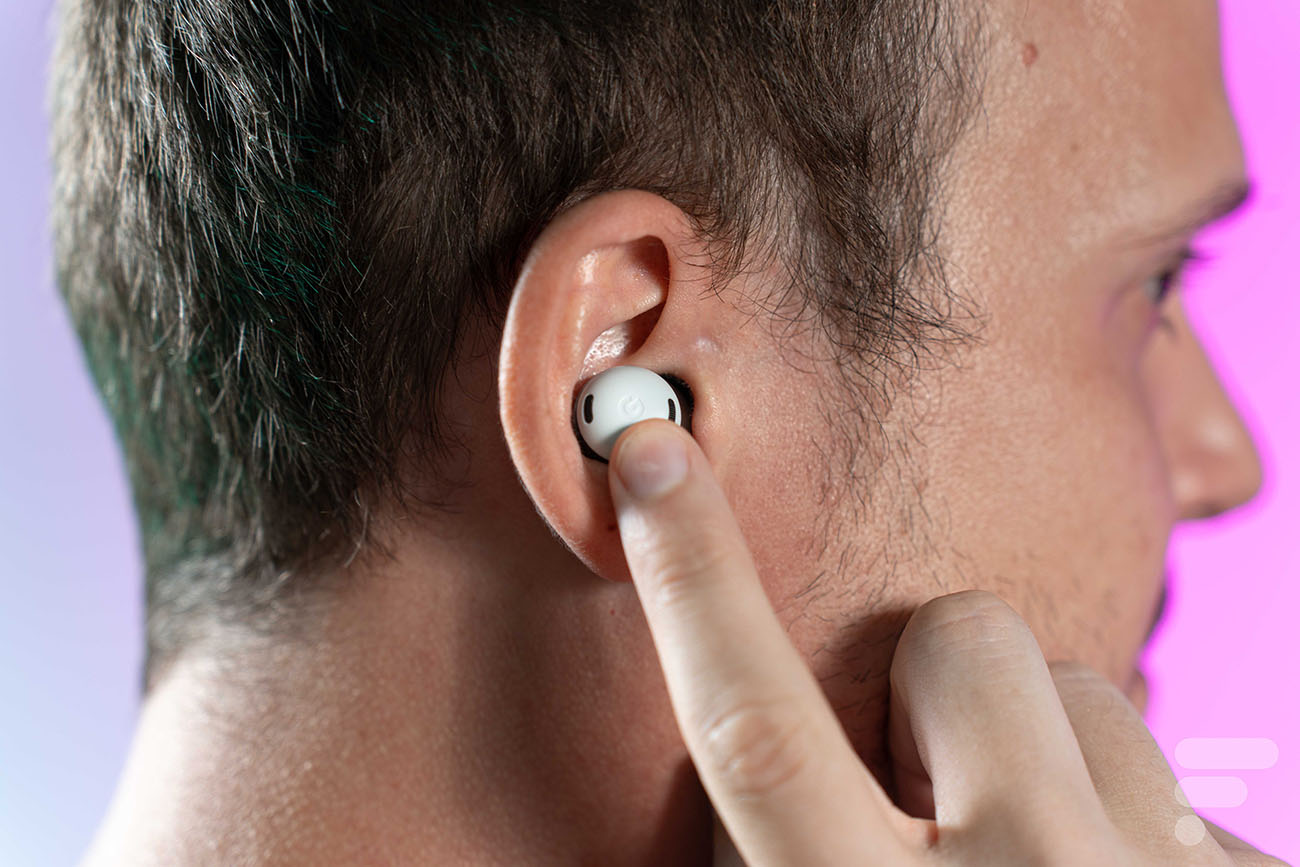With Android 15, Google will bring dynamic spatial audio, more immersive audio rendering and whose integration has been refined.
With ever-larger screens loaded with Oled, HDR and high definitions, Android smartphones are now the choice for watching films and series. However, the poor relation of this experience is often the audio part with a stereo limitation.
Android 15 supports dynamic spatial audio
We were then very far from a cinema experience. But that was before Android 13 and Google rolled out a spatial audio mode in its operating system. If you cannot physically multiply the channels of a headset or a pair of headphones, the software comes to the rescue by virtualizing them. From then on, the experience is much more immersive.
With Android 15, we will take another step forward since this next major update will mark the arrival of dynamic spatial audio. Unlike its static version already available, this technology activates tracking of your movements.
To put it simply, the sound will no longer be anchored to you, but frozen in space, like an external sound system. By turning your head to the left, for example, you will feel like sounds coming from that direction are now in front of you.
Which earphones or headsets for dynamic spatial audio
If static spatial audio works with any stereo earphone or headset, wired or not, its dynamic version will require equipment with motion sensors, such as Google’s Pixel Buds Pro.
Note that you can already have dynamic spatial audio with the Bose QC Ultra Earbuds and QC Ultra Headphones. However, on these Bose processes the signal itself internally, which seriously affects the autonomy of the devices.

A question of autonomy
Yes because if dynamic spatialization is more immersive, it is also more energy intensive. The speed at which audio must be processed, combined with head tracking, quickly reduces battery life. Also, Google’s idea is to bring dynamic spatial audio to Android 15 via Bluetooth Low Energy (LE), which is much less demanding than classic Bluetooth.
A more immersive experience with Android 15
In addition, this Bluetooth Low Energy has a dual purpose since it “offers lower head tracking latency and better bandwidth utilization for an even more immersive experience,” explains Karthic Veera, Android product manager.
Therefore, Android 15 promises an even more immersive audio experience since manufacturers will no longer have to compromise audio quality or latency in favor of autonomy.
